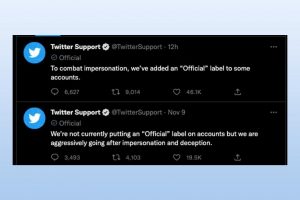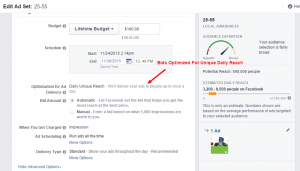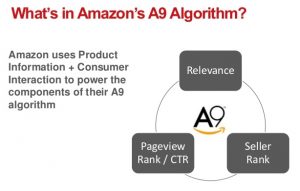Measurement. Everyone in business today accepts the merits of measurement. One key category of measures, productivity measures, provide insight on how to improve performance. and operational excellence. We’ve written numerous articles and white papers, and have dozens of videos on this topic: with best practices for how to:
- Define measures, metrics and KPIs
- Select the right measures
- Integrate these measures to report on performance using scorecards and dashboards.
Dashboards must include metrics in these 5 categories:
- Customer engagement/conversion
- Competitiveness
- Market value
- Product innovation,
- Operational metrics such as financial and productivity measures
The measures you choose to provide insights will show how well a function, such as Marketing, Sales, Customer Success is contributing and bring value to the outcomes that function is expected to achieve.
Organizations should focus on measures that inform decisions, help determine whether performance is within acceptable parameters, and provide a view into what is and isn’t working. It is particularly important to develop measures and processes associated with outcomes that effectively and positively impact growth, customer acquisition, customer retention and competitiveness.
 Measures and processes provide insights into performance and facilitate operational excellence. Operational excellence encompasses both effectiveness as well as efficiency.
Measures and processes provide insights into performance and facilitate operational excellence. Operational excellence encompasses both effectiveness as well as efficiency.
When you examine efficiency, productivity measures associated with outputs come to the forefront.
Why Do You Need to Measure How Well You Convert Inputs into Outputs?
Every part of an organization produces or manufactures something. Technical support produces service tickets. R&D produces new products. Accounting produces invoices. Legal produces contracts. Sales produces new orders. Marketing is a mighty output factory, producing websites, graphics, events, blogs, videos, podcasts, articles, press releases, advertisements, plans, and much more.
People who run factories want to understand how well the factory is at taking raw materials, tools, and people and turning these into a useful good or service. If you’ve ever been in a factory, you may have seen data boards that capture key information about how the factory is performing. This data might include measures related to throughput, cycle time, quality (rework/scrap), safety, etc. The reason to track productivity is based on the premise that companies who can produce more with a given set of inputs (material, people, equipment, and time) for less cost than a competitor has an advantage over that competitor.
We can take this concept of creating and monitoring productivity measures and apply it across the organization to almost every function. Given the key role of Marketing as the growth engine, and the extensive number of “outpus” manufactured by Marketing, it is especially important for the Marketing function to have productivity measures.
Four Productivity Categories for the Marketing Factory
First, let’s agree on what is manufactured in our Marketing factory. In the early days of Motorola, the rule of thumb was if you can put an “s” on the end, then it’s a product, something with a manufacturing process and associated productivity measures. Marketing can put an “s” on the end of website(s), blog post(s), video(s), event(s), product launch(es), press release(s), newsletter(s), customer story(ies), customer appointment(s), podcast(s), campaign(s), contributed article(s), speaking engagement(s), conference session proposal(s), product demo(s), and much more. 
Some performance measurement firms recommend projects/person or time/project as a productivity measure. Here’s why we discourage these measures. Marketing “projects” vary in complexity and time. Consider the difference in time and complexity in the production of a user conference vs. a blog post vs. a customer case study vs. an interactive product demo.
What might be useful productivity measures for Marketing? We can borrow some ideas from actual factories. In addition to outcome-based and financial measures, we encourage you to give some thought to incorporating productivity measures associated with these four categories:
- Output: Every factory needs to measure output. A possible measure for Marketing is the total Projects Completed on a weekly, monthly, quarterly basis compared to an output target. Give some thought to the number and types of projects in the pipeline to understand what a reasonable target for project completions would be.
- Capacity Utilization: Use this measure as an alternative to projects/person and as a way to show how effectively your assets are being utilized. This measure can help determine the effectiveness of external resources, such as agencies or other third parties.
- Delivery: Factories make something that is expected to be fulfilled at a particular time. Marketing produces a variety of “items” needed at particular times. These could be based on an external or internal customer or based on a calendar, such as a Marketing events or content calendar. Therefore, a Percentage of Projects Completed to Original Request Date would provide insight into delivery measures and track how many projects make the original request and schedule date.
- Quality: A key measure for any factory is rework or recalls. It’s not uncommon, for Marketing products to suffer changes post-production. Recalls and/or rework for whatever reason is costly and inefficient. Consider a measure such as the Percentage of Projects Recalled or Reworked.
Productivity measures based on these four categories will help you understand the efficiency of a function–in this instance, Marketing. Efficiency measures are essential to operational excellence.
Business & Finance Articles on Business 2 Community
(83)









